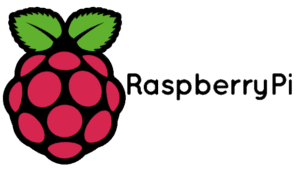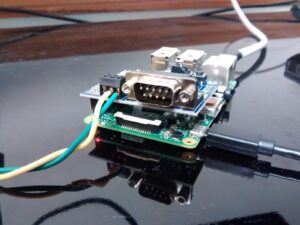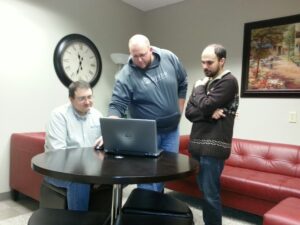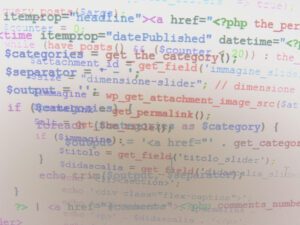Part 2: Real-time on Raspberry pi
As promised, here’s my Part Two blog posting regarding the raspberrry pi.
The default kernel in Raspbian Jesse, the latest release of the raspberry pi’s official OS, could use a tune-up before being fit for duty running time-sensitive machine controls. On a vanilla Linux kernel program, latencies depend on everything running on the system making consistent and punctual tasks difficult to guarantee. The RT PREEMPT patch is a popular fix for this problem. The patch converts Linux into a fully preempt-able RTOS. If you want to control physical processes with your pi, as I intend to in DISTek’s training curriculum update, this is the way to go. But how big of a difference does it make on a pi?










